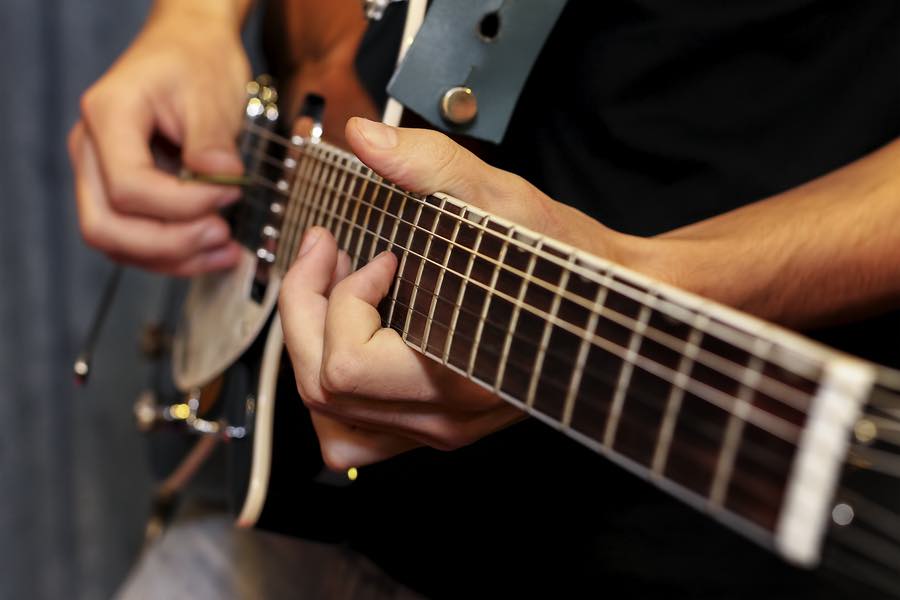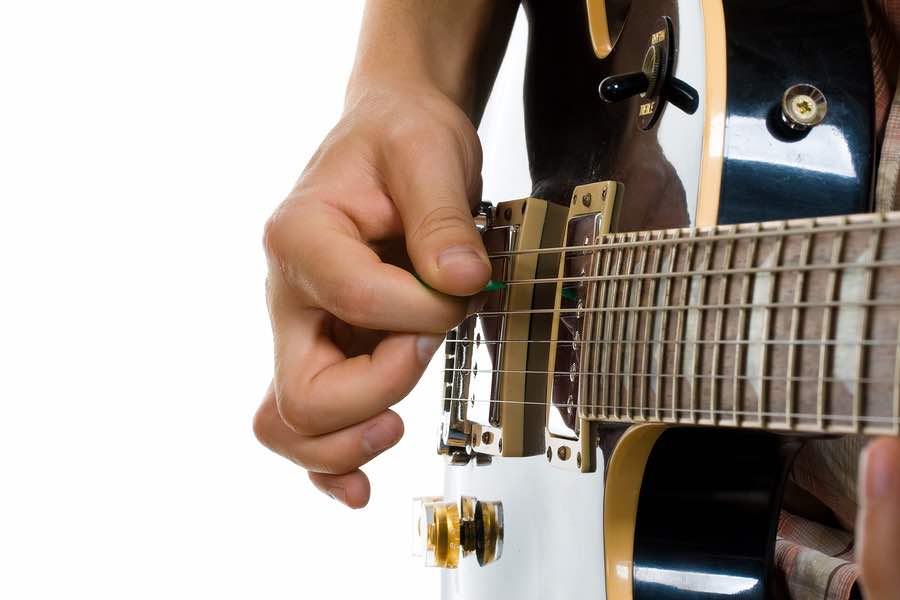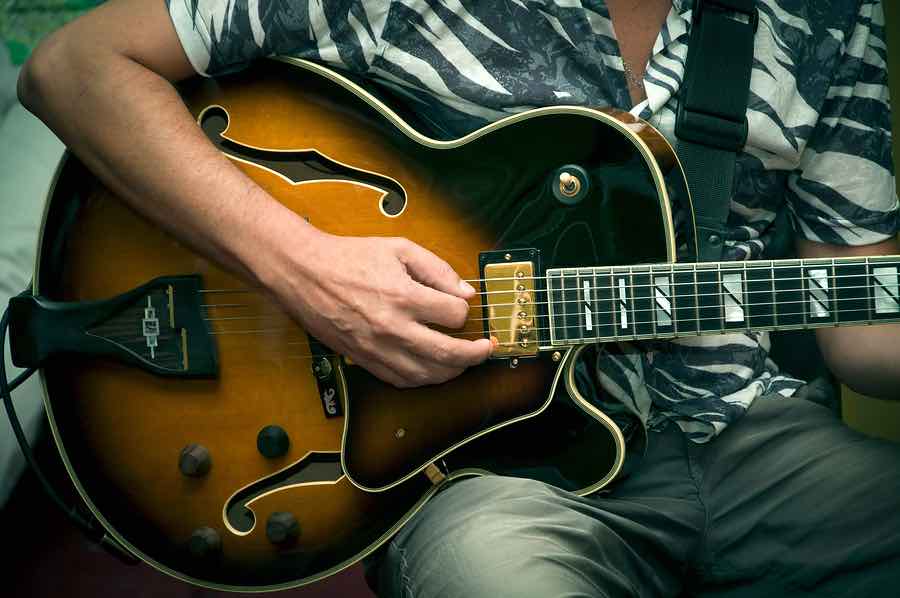Bigstock photo
 Knowing how to build a scale is essential for understanding music theory, learning how the guitar works, to able to communicate with other musicians and to grow towards becoming an accomplished guitar player.
Knowing how to build a scale is essential for understanding music theory, learning how the guitar works, to able to communicate with other musicians and to grow towards becoming an accomplished guitar player.
Every piece of musical knowledge adds to your musicianship and makes you become a better guitar player. Applied knowledge is power.
The whole-half Step formula is the perfect way to build and recognize the pattern of any scale. The scales you need for soloing, chord construction, chord progressions, arpeggios and a dozen of other things. It gives you insight in the whole matter.
So let’s see how this baby works.
The whole-half step formula is similar to the scale formulas only it uses whole and half steps to explain the construction of a scale.
A half step = one fret. A whole step = two frets. So going one fret up or down the neck is a half step. Going up or down two frets equals a whole step.
Let’s take the major scale as an example:
Major scale = Whole step – Whole step – Half step – Whole step – Whole step – Whole step – Half step
or simplified: W-W-H-W-W-W-H (W = Whole, H = Half)
You can also notate the fret intervals: 2-2-1-2-2-2-1 (W = 2, H = 1)Continue Reading
 Everything evolves around scales. We use scales to create music, study music theory, understand music, build chords, progressions, arpeggios and learn
Everything evolves around scales. We use scales to create music, study music theory, understand music, build chords, progressions, arpeggios and learn  If you know your way around the
If you know your way around the  So why do you want to use the mixolydian scale for blues?
So why do you want to use the mixolydian scale for blues?